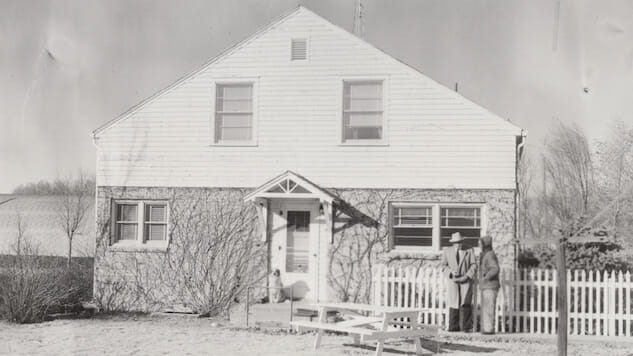SundanceTV’s Docuseries Cold-Blooded Does What In Cold Blood Didn’t, or Couldn’t, Do
Photo: SundanceTV/Radical Media
“We forgot how to pray… Saying the Lord’s Prayer, we couldn’t remember the order anymore… we couldn’t get past trespasses…” —Diana Edwards, niece of Herbert and Bonnie Clutter
Maybe when we talk about murder we get really wrapped up in (sometimes) the victim or (more often) the killer. Countless TV shows track real and imagined murderers, single-offenders, serial killers, cult killers, psychopaths who develop a fascination with the cop tracking them down and passion-criminals who were pushed by circumstance into something they never imagined they’d have it in them to do.
-

-

-

-

-

-

-

-

-

-

-

-

-

-

-

-

-

-

-

-

-

-

-

-

-

-

-

-

-

-

-

-

-

-

-

-

-

-

-

-








































